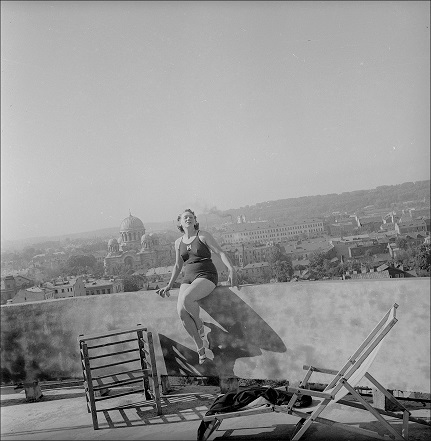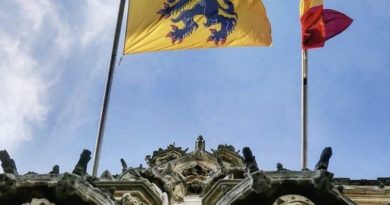1918 saw the birth of nine European States – Conferences at Bozar: European Dreams of Modernity
Background History
In the history of Europe, 1918 is primarily associated with the end of the First World War. But in Central and Eastern Europe 1918 also meant the rapid disintegration of the Russian, Habsburg, German and Ottoman empires, and the birth of nine new states (Austria, Hungary, the Kingdom of Yugoslavia, Czechoslovakia, Poland, Lithuania, Latvia, Estonia and Finland), wishing to build modern societies.
One hundred years on, BOZAR is revisiting this largely unknown page of European history. We examine 1918, not just as an important date in national calendars, but also as a powerful symbol of the explosion of creativity and of the social, artistic and political aspirations of many people who wanted to build a better future. Remembering 1918 means recollecting and critically engaging with the many visions of modernity that produced, not only the most tragic twists in European history, but which continue to inspire a better vision of Europe’s future.

Immediately after 1918 newly established states of post-imperial Central, Eastern and Southeastern Europe embarked on an ambitious project of building new cities and national capitals. Seeking to cope with the destruction of war, driven by the desire to modernize the cities and to embody new national imageries in the landscapes of new capitals, the state authorities together with the professional architects and urban planners initiated a program of radical transformation of the multi-ethnic imperial cities in the interwar period.
Tracing the history of competing visions for the capitals and other cities help us shed light on the multiple tensions between the quest for national identity, the aspiration to Europeanisation and modernization drive nurtured by the transnational admiration of modern technology. These numerous contradictions shaped such European cities as Prague or Bucharest, Bratislava or Sarajevo, Budapest or Kaunas.
Conference: Building New States and Cities on the 16 & 17 of November, 2018
What are other less known forces that reshaped the interwar cities across Central, Eastern and Southeastern Europe? What is the role of the imperial legacies in different cases? What is the role of new technologies, materials and infrastructures? How the immaterial practices inherited from the past and the intervention of new objects in the everyday life helped to forge new national versions of modernity?
Check out the program for 16 November and 17 November.



